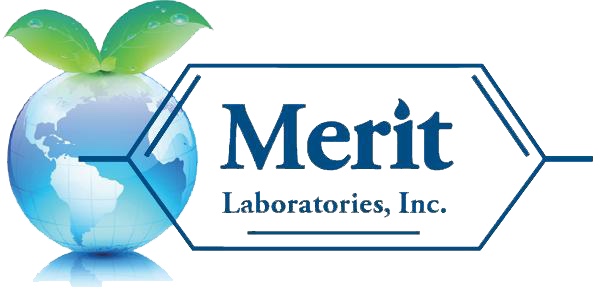Because of Michigan’s complex geology, the groundwater-surface water interface (GSI) plays an important role in the state’s environmental cleanup program. Last month, we shared with you information about recent updates made by the MDEQ to the Generic Cleanup Criteria Tables. But what exactly is a GSI Pathway and how is GSI Pathway relevancy determined? (Please note that we recommended retaining an experienced environmental consulting professional to manage environmental projects.)
The MDEQ defines GSI as the location at which groundwater enters (or vents) to a surface water. Contaminant plumes from hazardous substances releases from sites across the state migrate with groundwater and potentially posing a threat to surface water bodies. To protect Michigan’s surface waters, contaminant plumes are required to be characterized, evaluated, and managed where the GSI pathway is relevant.
According to the MDEQ GSI Pathway Compliance Options guidance, “the GSI pathway is relevant when a remedial investigation or application of best professional judgment concludes that a hazardous substance in groundwater can be reasonably expected to vent to surface waters of the state in concentrations that exceed the generic GSI criteria currently or in the future. The GSI pathway may be relevant for all land uses if there is a hydraulic connection between the groundwater and surface water. The Water Resources Division (WRD) of the MDEQ is charged with determining whether a water body meets the criteria for being classified as surface waters of the state. Surface waters of the state include intermittent or ephemeral streams, creeks, brooks, ditches, drains and wetlands, including unregulated wetlands.”
The MDEQ guidance states that determining pathway relevancy includes the following key elements:
- There must be a hydraulic connection between the contaminated groundwater and surface water to have a groundwater/surface water interface. This includes an intermittent stream or water body that has flow until the groundwater table drops below the stream bottom. Intermittent streams are protected for acute and chronic risks. An ephemeral stream or water body only has flow during periods of surface runoff (rain or snowmelt). By definition an ephemeral stream would not have a groundwater surface water interface.
- The hydraulic connection must transport contaminated groundwater to the surface water; a ‘losing’ surface water body would have a hydraulic connection with groundwater but would not transport contaminated groundwater to the surface water body.
- The designation of groundwater “not in an aquifer” does not eliminate the need to evaluate the GSI pathway. Groundwater “not in an aquifer” may be hydraulically connected to a surface water body and may vent or be reasonably expected to vent in concentrations that exceed generic GSI risk-based screening levels (RBSLs)/criteria.
- The applicable generic GSI RBSLs/criteria for all appropriate hazardous substances released or otherwise affected (reactions, breakdown byproducts, etc.) and appropriate WQS for physical characteristics are or could be exceeded in representative samples at GSI monitoring points.
- Contaminated groundwater is discharging into a separate storm sewer that discharges to a surface water body.
When a GSI pathway is relevant for a site, the GSI tables are used to compare contaminant concentrations to determine if the concentrations exceed state water quality standards. The MDEQ’s GSI tables are based upon the water quality standards developed under Michigan Part 31, Rule 57 of the Water Resources of the Natural Resources and Environmental Protection Act. The hazardous substances with recent updates to the Generic GSI Criteria and associated soil protective included acetonitrile, aniline, bis(2-ethylhexyl)phthalate, bromomethane, carbon tetrachloride, 1,4-Dioxane, formaldehyde, perfluorooctanoic acid (PFOA), perfluorooctane sulfonic Acid (PFOS), phenanthrene, and xylenes.
Merit Laboratories provides analytical laboratory testing to assist environmental consulting firms on groundwater and soil evaluations for comparison to GSI criteria. Please contact Merit for assistance with your next project.

